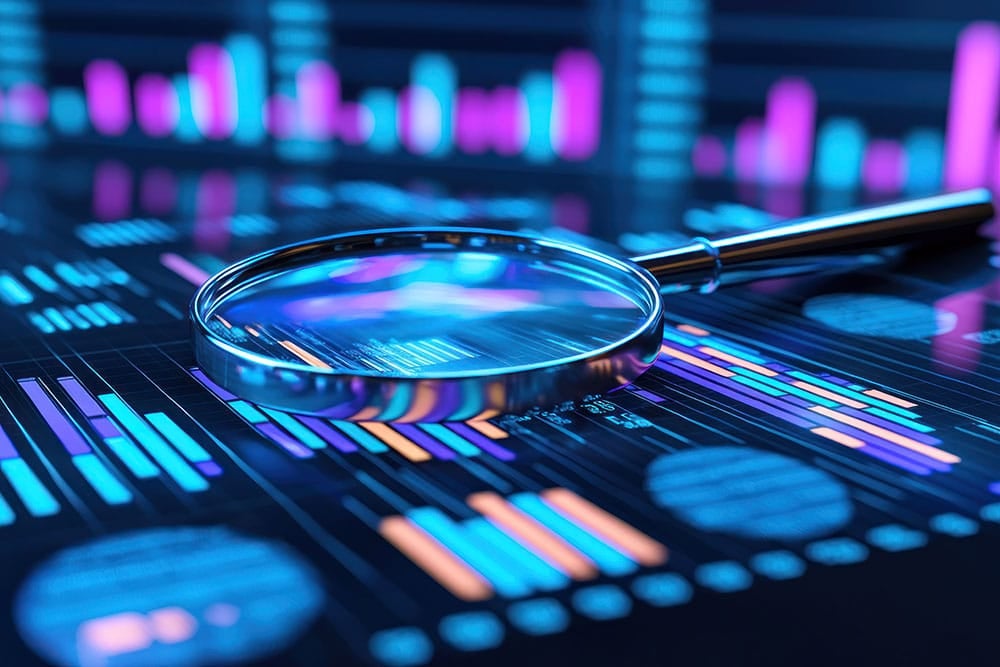Companies have many reasons for investing in AI, including operational efficiency, employee productivity, customer growth and retention, and revenue growth, just to name the top goals cited in a recent survey by BARC.
But no matter why a company is pursuing AI, it won’t succeed unless it first addresses the issue of data readiness. Data readiness means having accurate, high-quality, and timely data for AI to work with. Feed any AI solution incomplete, incorrect, or inconsistent data, and you’ll get bad AI results, quickly and at scale.
To achieve data readiness, companies need to:
- Find all their valuable data across their IT landscape
- Connect the disparate systems storing that data, so that data can be made available for AI and other business initiatives
- Standardize data, so that applications and data sources everywhere have consistent, trustworthy data
- Be able to share data quickly, securely, and reliably in compliance with company policies and industry regulations.
Finding, cleaning, and sharing data securely might sound straightforward, but for most companies it’s a challenge — more of a “blue sky,” aspirational goal than a practical objective. That’s because despite all the advances made in data storage and data analytics over the past decade, most companies struggle to keep track of and manage all the data they have.
What’s behind this lack of visibility and control?
A lot of data is still trapped in data silos, applications or data repositories that aren’t integrated into workflows or central data systems. This “shadow data” exists outside the purview of IT administrators, data stewards, and security teams. And much of this data is scattered across “shadow IT” SaaS applications, which have not been approved by IT departments.
Shadow SaaS applications make up about 65% of all SaaS applications in use, according to a survey by BetterCloud. So valuable data is scattered across systems on-premises and in the cloud with no centralization or quality control in place.
Companies face other challenges to data readiness, as well. In the BARC survey, companies identified these obstacles to finding and managing data for AI:

Source: Preparing and Delivering Data for AI | BARC Research
What’s the best way of addressing these challenges?
We recommend starting with a data audit, a comprehensive evaluation of data assets for a particular application or use case. Let’s take a look at what a data audit is and how Boomi Data Hub, Boomi’s solution for data management and data synchronization, can help.
How and Why to Run a Data Audit
To conduct a data audit, you collect data and evaluate it for accuracy, completeness, consistency, and reliability. This would be a Herculean task if you were to try to audit all the data in your organization all at once. Instead, we suggest focusing on a business area that’s key to your business operations and hence ripe for investment in AI.
For example, you could pick one of these use cases:
- Employee Onboarding and Offboarding. These Human Resources use cases rely on an employee data model that is commonly shared across applications such as Workday, SuccessFactors, SAP, ServiceNow, Oracle, NetSuite and other payroll or finance systems, as well as Identity and Access Management (IAM) systems, facilities management systems, and other HR systems.
- Spend Management and Order Management. This product domain use case relies on three data models — Product, Vendor, and Supplier — which are shared across applications such as SAP, Oracle, Salesforce, MS Dynamics, Magento, Shopify, Manhattan, IBM Sterling, product information management (PIM) systems such as Stibo, tax management systems such as Avalara, and other price management and logistics systems.
- Single View of the Customer or Patient or Other Role. This customer or people domain use case aims to provide a single view of the customer, patient, provider, or some other role, and relies on a common data model for the role in question, such as customer or patient, and is usually shared across applications such as Salesforce, MS Dynamics/Great Plains, Oracle, SAP, HubSpot, Marketo, Zendesk, NetSuite OpenAir, Customer Identity and Access Management (CIAM) systems, point of sale (POS), and ecommerce systems.
Once you pick a use case, identify the applications and other systems that contribute to the data model you selected. For example, in the use cases above, order management data might be found in SAP, Magento, and Stibo, among other systems.
Next, you need to collect the data from all these sources and check for discrepancies. Once you’ve identified these differences, you can reconcile them by applying the expertise of a data steward who understands which data fields in which sources are correct and which need to be changed.
Finally, you can implement a bi-directional synchronization across all the systems using this particular data model, so data is corrected and updated automatically. When you’ve completed your data audit and set up automatic data synchronization, data for the use case you’ve selected will be consistent and reliable across all the business applications you’re using today and the AI solutions you’ll be using tomorrow.
How Boomi Streamlines and Accelerates Data Audits
This is where the Boomi Enterprise Platform can help. The Boomi Enterprise Platform combines integration, data management, API management, and AI agent management in a single unified platform — driving innovation, lowering costs, and enhancing security while helping companies tackle digital fragmentation.
You use the AI-driven low-code/no-code features of Boomi Integration to quickly and easily connect all the data sources involved in your use case, turning data silos into valuable data sources with enhanced data oversight, data governance, and data security.
Using Boomi Integration, connect each data source to Boomi Data Hub, Boomi’s solution for master data management. Data Hub enables you to establish trusted “golden records” for every data object and synchronize that trusted data across data sources, so that every application, including new AI applications such as AI agents, can work with trusted data.
Boomi Data Hub discovers discrepancies among data sources and automatically routes these discrepancies to the appropriate data stewards for review. Data stewards can quickly correct data errors and discrepancies. They can also identify trustworthy data sources for each field in a data object, so they can build accurate, consistent data objects for your use case, leveraging the best sources of data on a field-by-field basis.
Boomi Data Hub provides visibility into all its data management operations. Data stewards, compliance officers, and others can view logs to review changes made to data, including updates, deletions, and other modifications. They can also see historical reporting and trends.
When your data audit is complete, you will have:
- Identified and connected all the relevant data sources for your use case, eliminating the problems of data silos and shadow data.
- Established rules for building trustworthy data objects for your use case.
- Set up automated data synchronization across data sources, so that every application has access to “golden records” for the data objects it relies on.
- Established a foundation of trustworthy data for AI agents, RAG pipelines, and other AI investments.
When your data audit is complete, you’ll know that you have achieved AI data readiness for the data objects related to your use case.
Now you’re ready for two things. You can begin putting this data to work in AI agents and other other AI applications. And you can take this same data audit process and apply it to other data objects and use cases, so that you can methodically achieve AI data readiness for all your critical business operations.
Learn more about Boomi Data Hub and how it can help you better manage all your data.


 English
English 日本語
日本語